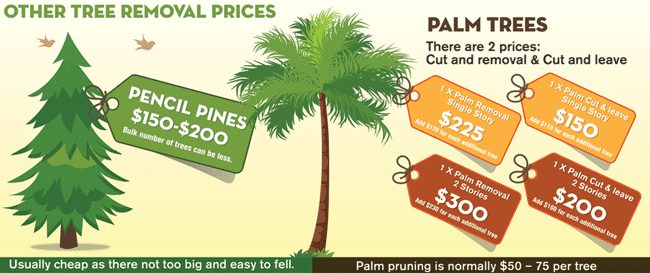Signs Suggesting The Demand For Tree Removal: Identifying Risky Trees
Signs Suggesting The Demand For Tree Removal: Identifying Risky Trees
Blog Article
Staff Author-Reid Butcher
When it concerns tree treatment, acknowledging the indicators that it's time for elimination is essential for your safety and residential or commercial property. You could observe discolored fallen leaves, wilting branches, or odd fungal developments showing illness. Structural concerns, like a significant lean or splits in the trunk, can additionally present dangers. Recognizing these indication can help you make informed decisions regarding your trees and avoid prospective hazards lurking in your lawn. What should you look for following?
Indicators of Decay and Condition
When you discover signs of decay and illness in your trees, it's crucial to act rapidly. Search for discolored leaves, wilting branches, or unusual growths like fungus. These can suggest that your tree is having a hard time.
If you see fractures in the bark or soft, mushy wood, these signs recommend inner decay. Additionally, an abrupt increase in parasites around your tree can signal that it's compromised and vulnerable.
Check for Small Tree Removal or dying arm or legs, as they pose a danger to your building and security. If you're uncertain concerning what you see, consulting an arborist can offer clearness.
Attending to these indicators early can conserve you from more substantial damage and ensure the health and wellness of your yard. Do not wait until it's too late.
Structural Instability and Leaning
As you observe your trees, watch out for any kind of signs of architectural instability or leaning. If a tree leans dramatically, it may show that the origin system is compromised.
Look for Downed Tree Removal of cracks in the trunk or dirt around the base; these can signify potential failure. In addition, check for unusual growth patterns, like an uneven crown, which might recommend that the tree is battling to hold itself upright.
If you notice that the tree favors your home, high-voltage line, or various other structures, it postures a higher risk. Don't neglect these indications-- seek advice from an arborist to analyze the circumstance.
Acting early can prevent costly damage and guarantee your security.
Dead or Dying Branches and Vegetation
If you discover dead or passing away branches and vegetation on your tree, it's a clear sign that something's incorrect.
These undesirable areas can show underlying problems like condition, insect infestations, or ecological stress. When branches shed their fallen leaves or transform brown, they're no more adding to the tree's health. Ignoring these signs could bring about additional decline, making your tree a lot more harmful.
Dead branches can easily break short during tornados, presenting a risk to residential or commercial property and individuals nearby. It's critical to assess the degree of the damage.
If https://midhudsonnews.com/2019/10/26/tree-service-owner-injured-when-bucket-truck-tips-over/ affects a substantial part of the tree, consider seeking advice from an expert. They can aid identify if elimination is essential to ensure security and preserve the elegance of your landscape.
Final thought
If you observe any kind of signs of decay, architectural instability, or dead branches on your trees, do not neglect them. These indications can posture serious safety threats to you and your residential or commercial property. It's constantly best to seek advice from a professional arborist that can provide a specialist assessment of your trees. Acting early can avoid accidents and pricey damage, guaranteeing your landscape remains secure and healthy and balanced. Remember, it's better to be aggressive concerning tree care than to wait for a disaster to occur.
